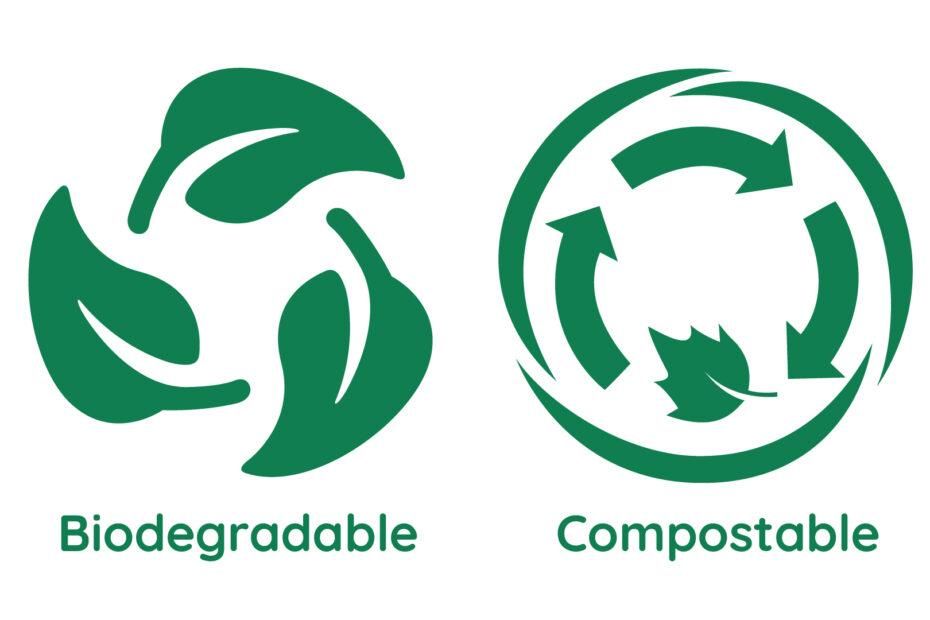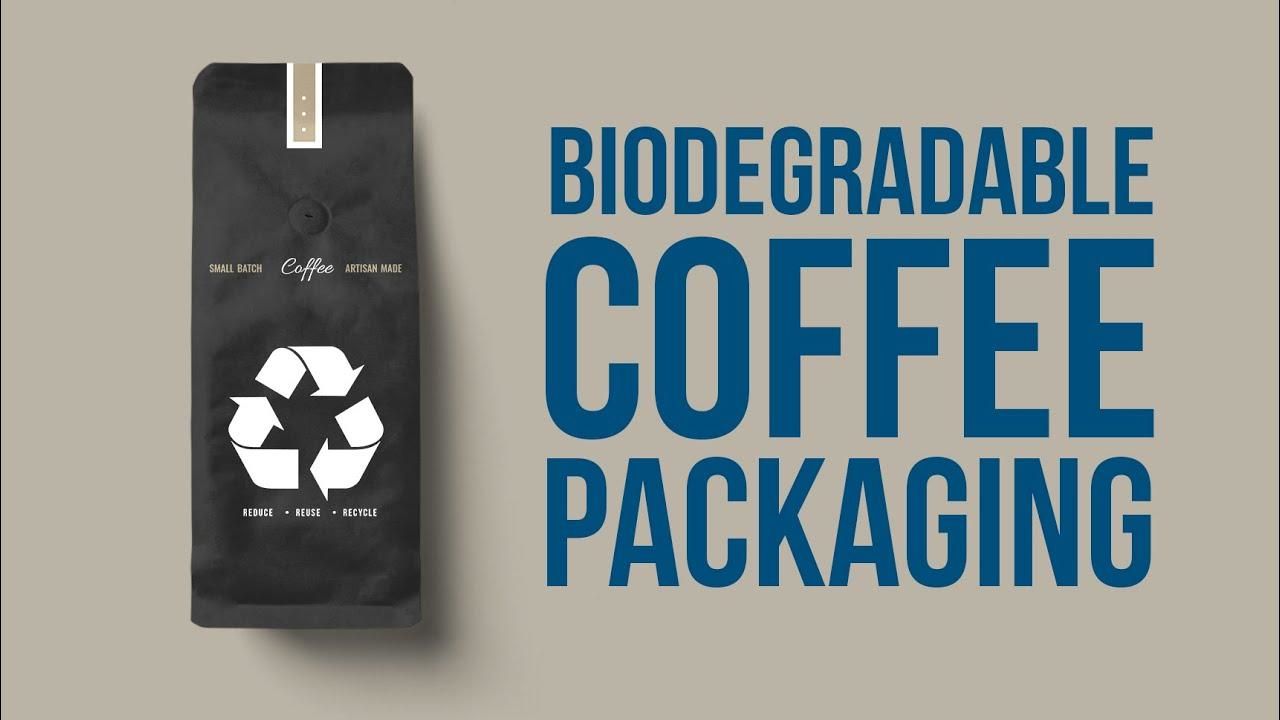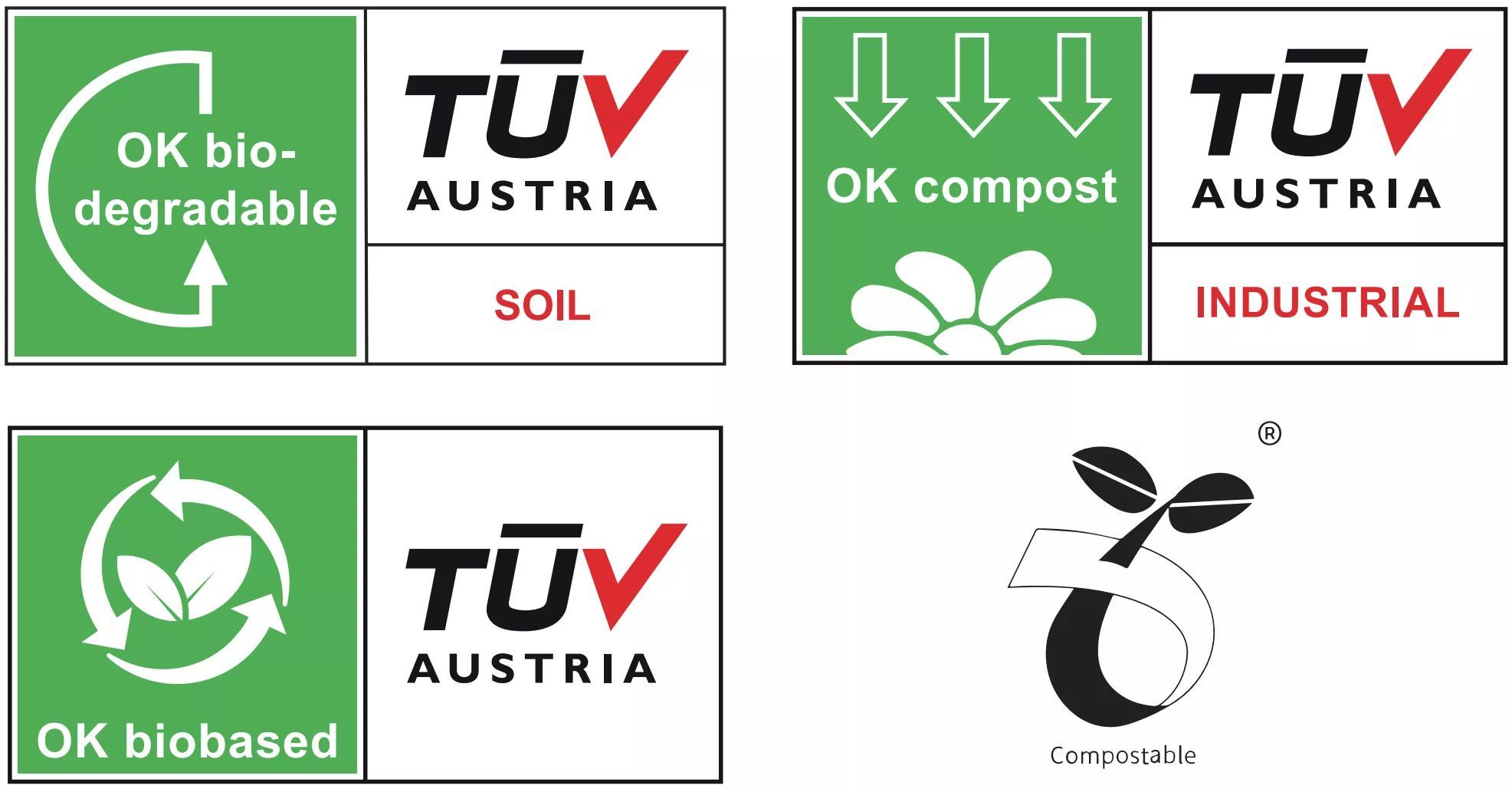Roasters are increasingly using more environmentally friendly materials for their cups and bags as worries about the effects of coffee packaging on the environment grow.
This is essential for the survival of the earth as well as the long-term success of roasting businesses.
Municipal solid waste (MSW) landfills are the third-largest source of human-related methane emissions in the United States, which considerably contributes to global warming, according to current estimates.
As a result, many people have converted from packaging made of difficult-to-recycle materials to compostable and biodegradable materials in an effort to cut down on the quantity of waste that ends up in landfills.
Despite the fact that the two terms refer to two very different types of packing, they are sometimes used interchangeably despite their similarities.
What do biodegradable and compostable materials mean?
The ingredients used to create biodegradable packaging will gradually disintegrate into smaller pieces. The thing and the environment it is in determine how long it takes to decay.
Examples of factors that affect how long the degradation process will take include light, water, oxygen levels, and temperature.
Technically, a wide range of items can be categorized as biodegradable because the only need is that the substance disintegrate. However, 90% of a product must degrade within six months in order for it to be formally labeled as biodegradable in accordance with ISO 14855-1.
The market for biodegradable packaging has experienced fast growth in recent years and was estimated to be worth $82 billion in 2020. Numerous well-known companies have either switched to biodegradable products or committed to using them more frequently in the future, including Coca-Cola, PepsiCo, and Nestle.
In contrast, compostable packaging is comprised of substances that, given the appropriate circumstances, decompose into biomass (a sustainable energy source), carbon dioxide, and water.
According to the EN 13432 European standard, compostable materials must have broken down within 12 weeks of disposal. Additionally, they must finish biodegrading in six months.
The ideal conditions for composting are a warm, humid environment with high quantities of oxygen. This promotes the breakdown of organic matter by bacteria through a process known as anaerobic digestion.
Businesses that deal with food are considering compostable packaging as a replacement for plastic or biodegradable materials. As an illustration, Conscious Chocolate utilizes packaging with vegetable-based inks, whereas Waitrose employs compostable packaging for its ready-made meals.
In essence, all biodegradable packaging is compostable, but not all compostable packaging is biodegradable.
The benefits and drawbacks of compostable coffee packaging
The fact that compostable materials decompose into environmentally safe organic molecules is a key benefit. In reality, the soil may benefit from these substances.
In the UK, two out of every five homes either have access to communal composting facilities or compost at home. By using composting to grow fruits, vegetables, and flowers, homeowners can increase sustainability and attract more insects and birds to their gardens.
Cross-contamination is one of the problems with compostable materials, though. Recyclables from home recycling are delivered to a local material recovery facility (MRF).
Compostable waste can contaminate the other recyclables at the MRF, rendering them unprocessable.
For instance, 30% of mixed recyclables had non-recyclable material in them in 2016.
This indicates that these items caused pollution in the oceans and landfills. This calls for the proper labeling of compostable materials so that consumers may properly dispose of them and avoid contaminating other recyclables.
Biodegradable coffee packaging: advantages and disadvantages
Biodegradable materials have one advantage over compostable ones: they are simpler to dispose of. Biodegradable products can be thrown directly into regular trash containers by users.
Then, either these materials will decompose in a landfill or they will be turned into electricity. Biodegradable materials can particularly decompose into biogas, which can subsequently be converted into biofuel.
Globally, the usage of biofuel is expanding; in the US in 2019, it made up 7% of all fuel consumption. This implies that biodegradable materials can be “recycled” into something helpful in addition to decomposing.
Although biodegradable materials do decompose, the rate of decomposition varies. For instance, it takes an orange peel around six months to completely degrade. A plastic carrier bag, on the other hand, can take up to 1,000 years to totally decompose.
Once a biodegradable product has decomposed, it could have a negative effect on the environment in the area.
For instance, the plastic carrier bag mentioned before will degrade into tiny plastic particles that could endanger wildlife. In the end, these particles might potentially enter the food chain.
What does this signify for companies that roast coffee? Owners must, above all, take care to select packaging that is truly biodegradable and won’t contaminate the environment.
Choosing the best course of action for your coffee shop
Since several nations have outright banned their usage, single-use plastics are now becoming less and less common in the hospitality sector.
The UK government has already outlawed the sale of plastic stirrers and straws, and it is also looking to outlaw polystyrene cups and single-use plastic cutlery.
This implies that there has never been a better time for coffee roasting companies to look into compostable or biodegradable packaging.
Which choice, nevertheless, is ideal for your company? It depends on a variety of things, including where your business is located, how much money you have to spend, and whether you have access to recycling facilities.
The most important thing is to make sure your packaging is properly labeled, regardless of whether you choose to use compostable or biodegradable takeout cups or bags.
Customers are moving in their own directions toward sustainability. According to one study, 83% of those asked actively participate in recycling, while 90% of people are concerned about the state of the environment as it stands.
Customers will understand exactly how to dispose of packaging in an eco-friendly manner if it is marked as compostable or biodegradable.
In order to meet any business demand, CYANPAK offers a variety of compostable and biodegradable packaging options, including kraft paper, rice paper, and polylactic acid (PLA), which is produced from starchy plants.
Post time: Dec-26-2022




